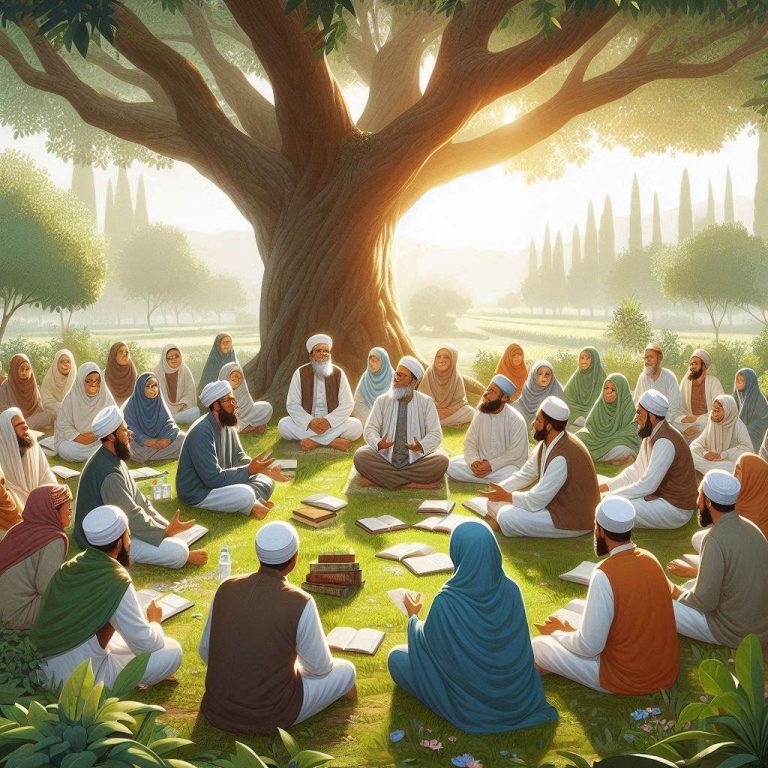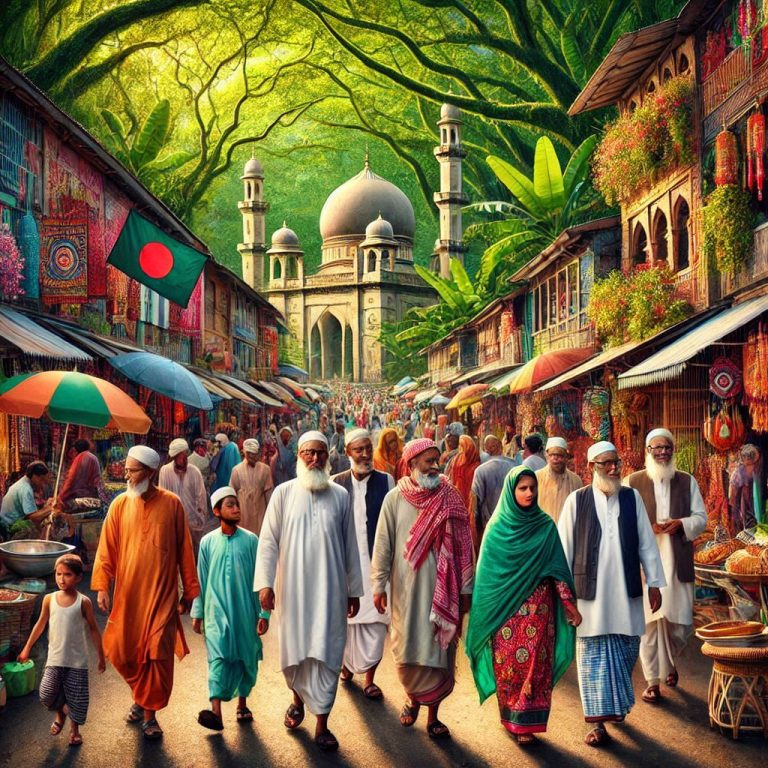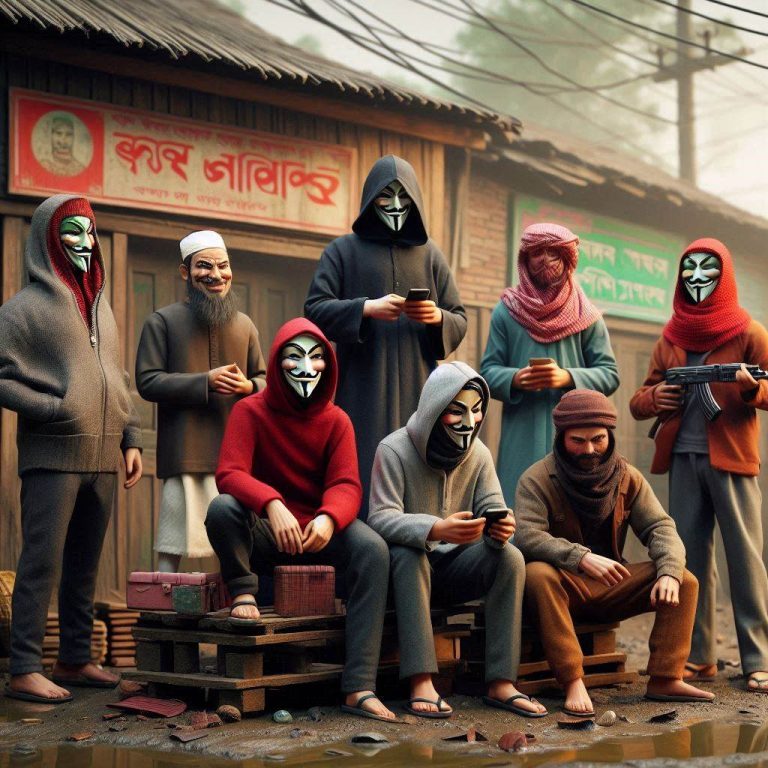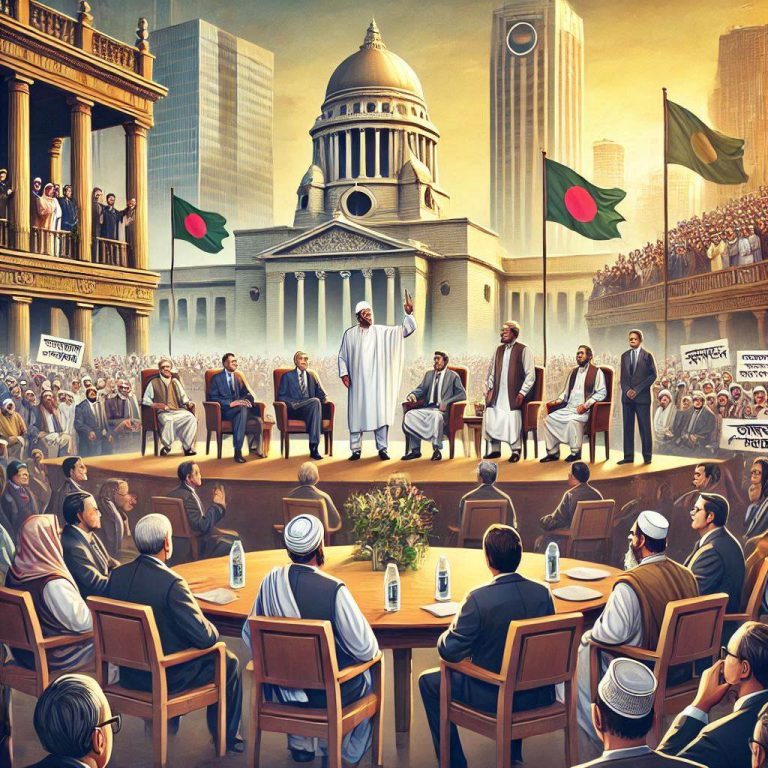
Introduction.
Bangladesh, with its predominantly Muslim population, is a country where the rich tapestry of Islamic heritage is vividly displayed through various sects and traditions. The religious landscape in Bangladesh is distinguished by the presence of multiple Islamic sects, each contributing uniquely to the nation’s spiritual and cultural mosaic. Understanding these diverse sects provides a deeper insight into the religious dynamics and the broader social fabric of the country. This article offers an in-depth exploration of the history, beliefs, and significance of the major Islamic sects in Bangladesh, emphasizing their contributions to the nation’s religious diversity and cultural heritage.
Sunni Islam.
Sunni Islam is the most predominant sect in Bangladesh, representing the majority of the Muslim population. Most Sunni Muslims in Bangladesh adhere to the Hanafi school of thought, one of the four main Sunni legal traditions. The Hanafi school’s emphasis on reason and flexibility in legal interpretations has greatly contributed to its widespread acceptance in the region. Sunni Muslims in Bangladesh follow traditional Islamic practices, including the five daily prayers, fasting during Ramadan, and celebrating key Islamic festivals such as Eid al-Fitr and Eid al-Adha. The influence of Sunni Islam is pervasive in the country’s religious institutions, educational systems, and cultural norms.
Shia Islam.
Although a minority sect, Shia Islam holds a significant presence in Bangladesh, particularly in urban areas such as Dhaka and Chittagong. Shia Muslims in Bangladesh honor significant events such as the martyrdom of Imam Hussain during the month of Muharram, observed with deep respect and elaborate rituals. The annual Ashura procession in Dhaka draws thousands of Shia devotees who participate in mourning ceremonies and historical reenactments. Despite being a minority, the Shia community has enriched Bangladesh’s religious and cultural diversity.
Ahmadiyya Community.
The Ahmadiyya Muslim Community, or Ahmadis, is a distinct Islamic sect that emerged in the late 19th century. Ahmadis follow the teachings of Mirza Ghulam Ahmad, who they believe to be the promised Messiah and Mahdi. This belief distinguishes them from mainstream Sunni and Shia Muslims. In Bangladesh, the Ahmadiyya community has faced opposition from some religious factions, yet they continue to practice their faith and contribute to the country’s religious diversity. The community is recognized for its strong emphasis on education, social welfare, and promoting interfaith dialogue.
Sufi Islam.
Sufism, the mystical dimension of Islam, holds significant sway over the religious and cultural life of Bangladesh. Sufi practices emphasize the inner, spiritual aspects of Islam and often involve music, poetry, and dance as forms of devotional expression. Sufi saints, or pirs, are highly revered for their spiritual guidance and miraculous acts. The shrines of Sufi saints, such as the shrine of Hazrat Shah Jalal in Sylhet and the shrine of Hazrat Khan Jahan Ali in Bagerhat, are important pilgrimage sites that attract followers from across the nation. The inclusive and syncretic nature of Sufism has fostered a spirit of communal harmony and coexistence in Bangladesh.
Summary.
The diverse sects of Islam in Bangladesh create a rich religious tapestry that enhances the nation’s cultural heritage. As the dominant sect, Sunni Islam shapes the religious practices and institutions of the country. Shia Islam, with its unique rituals and commemorations, adds to the religious plurality of Bangladesh. The Ahmadiyya Muslim Community, despite facing challenges, plays a vital role in advancing education and social welfare. Sufism, with its focus on spirituality and inclusivity, profoundly impacts the cultural and religious landscape of Bangladesh. Collectively, these sects reflect the pluralistic nature of Islamic practice in Bangladesh, underscoring the nation’s commitment to religious diversity and harmony.




